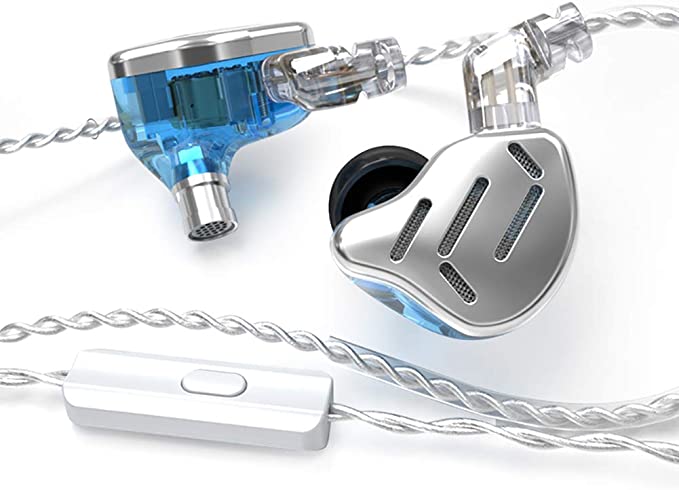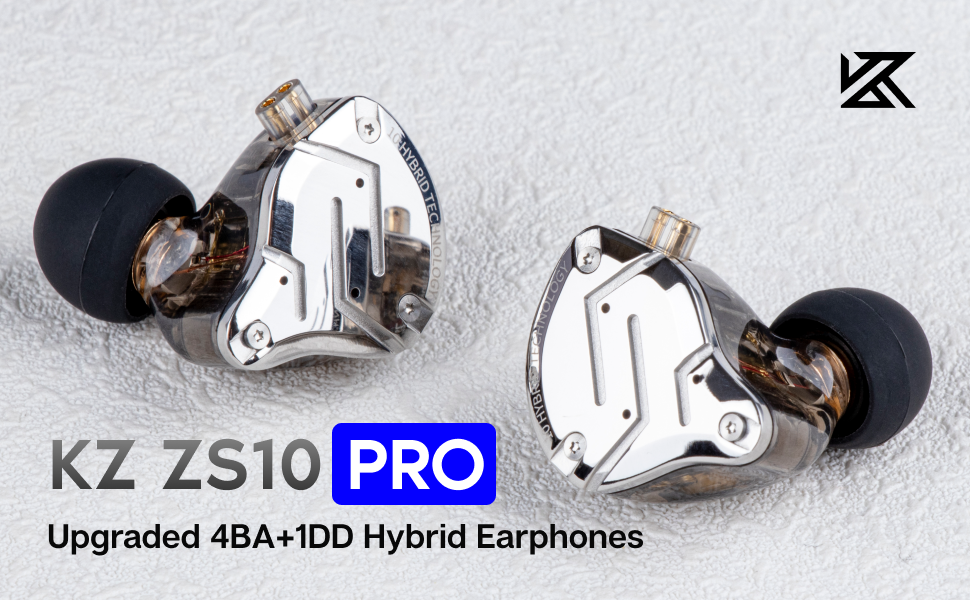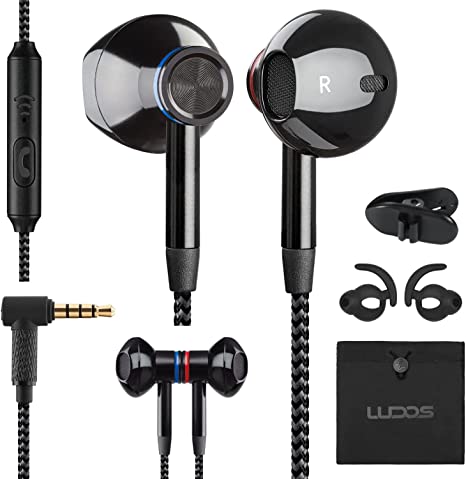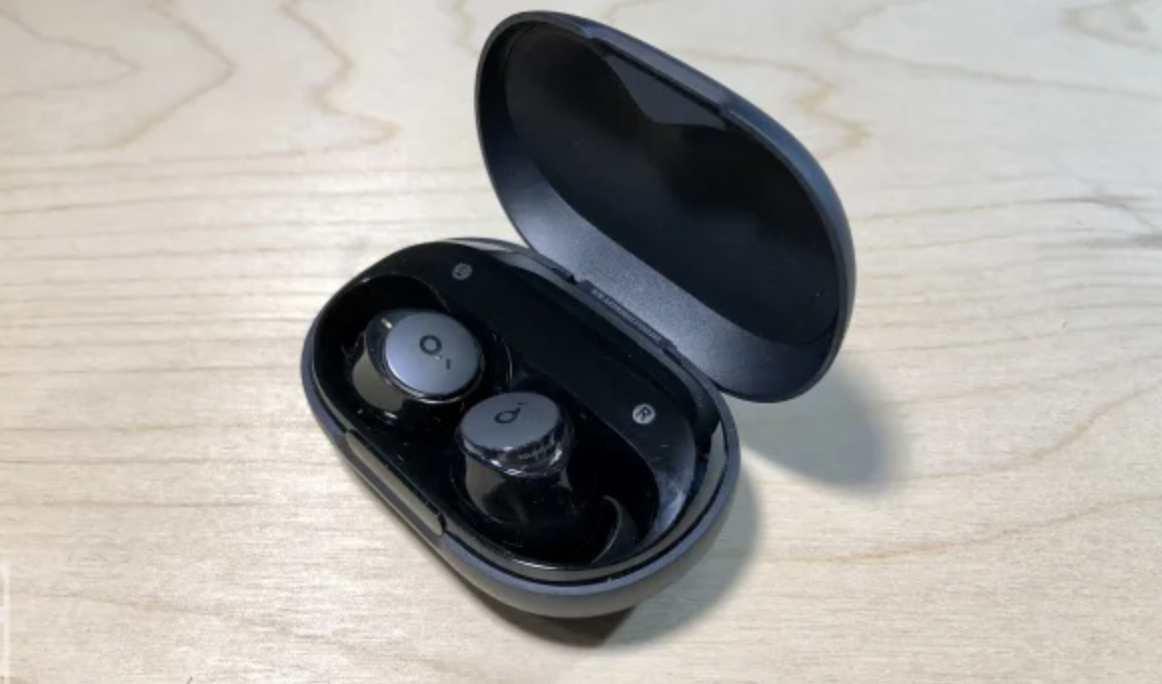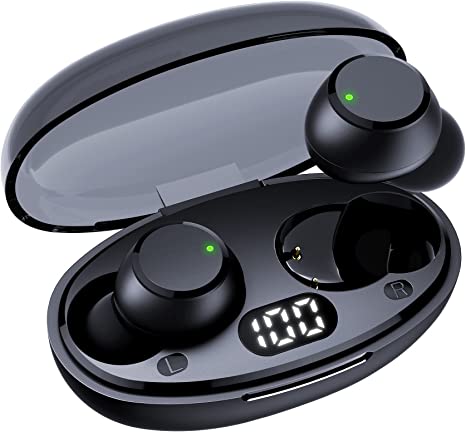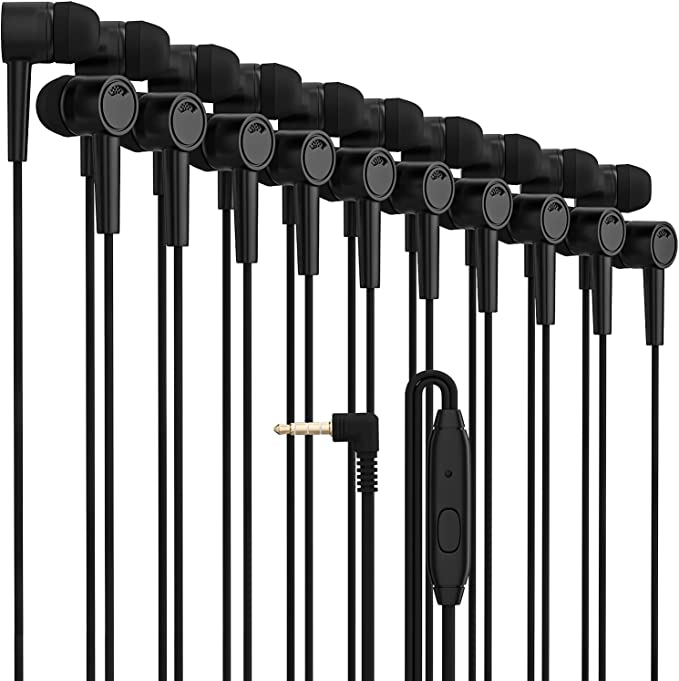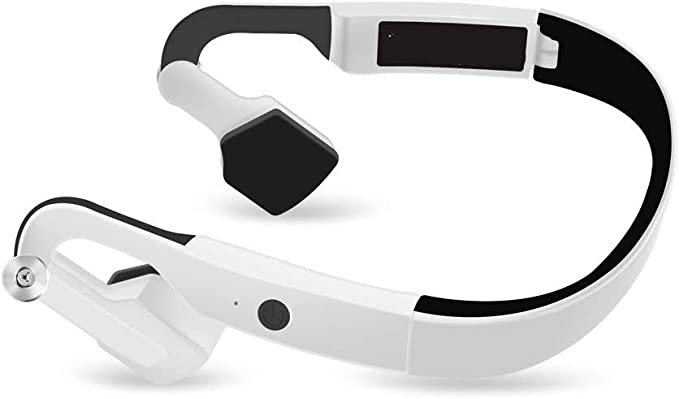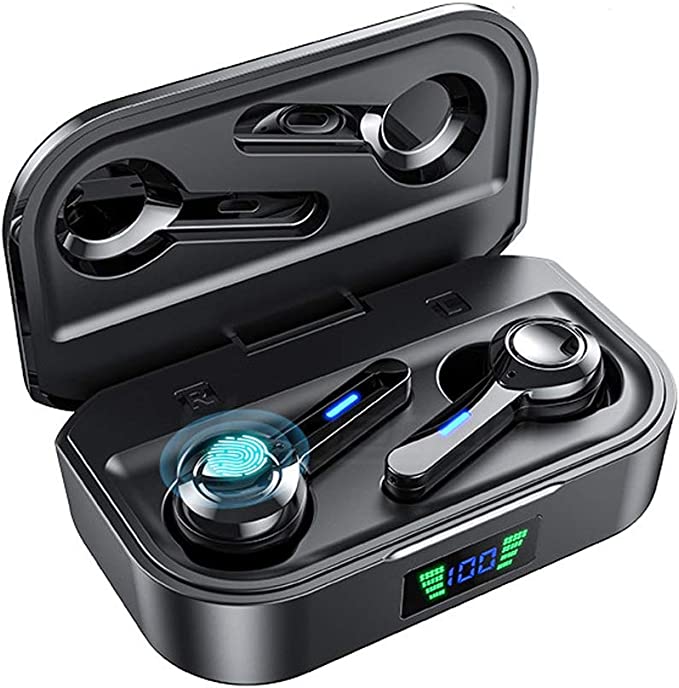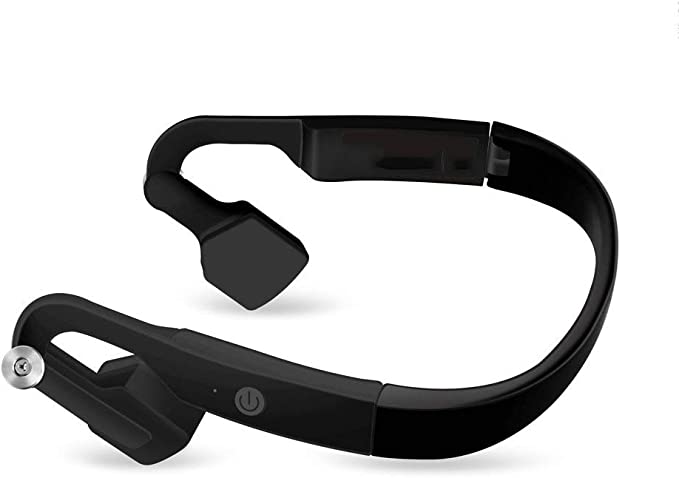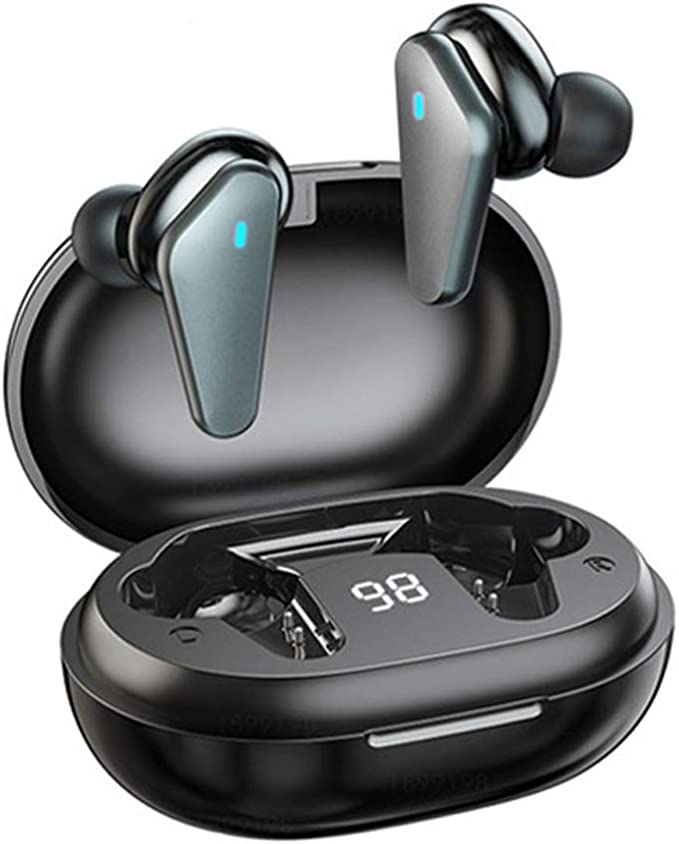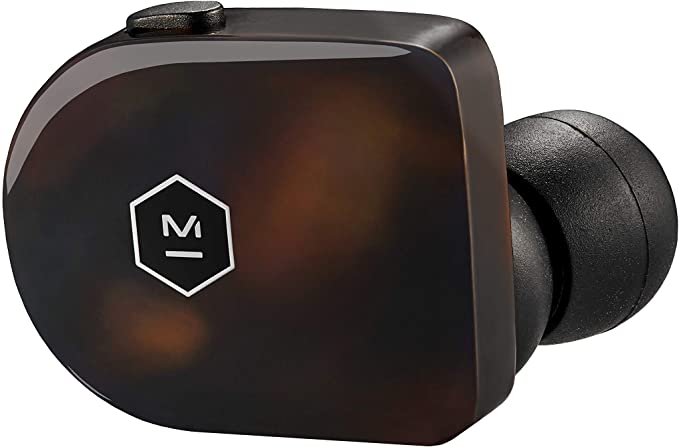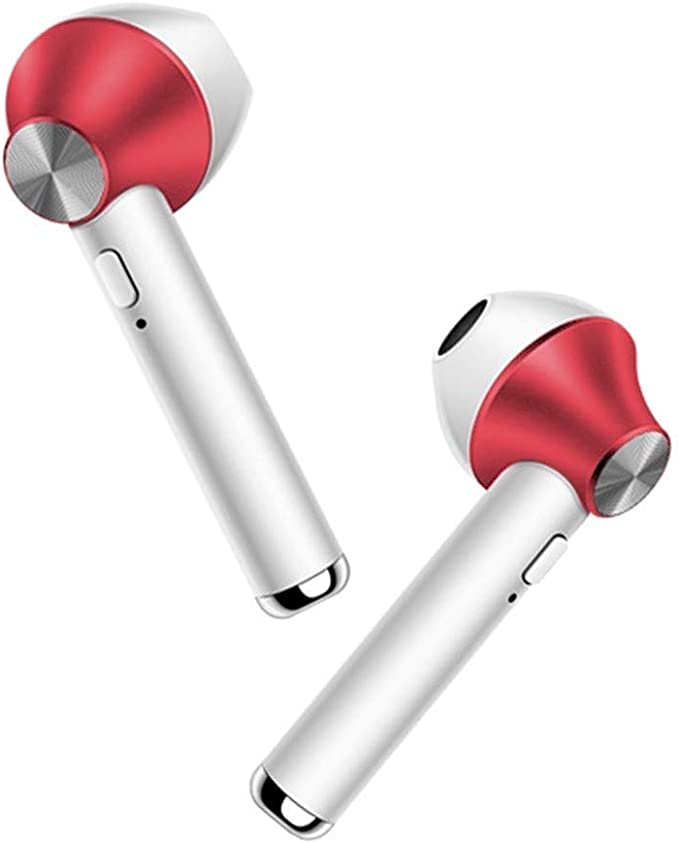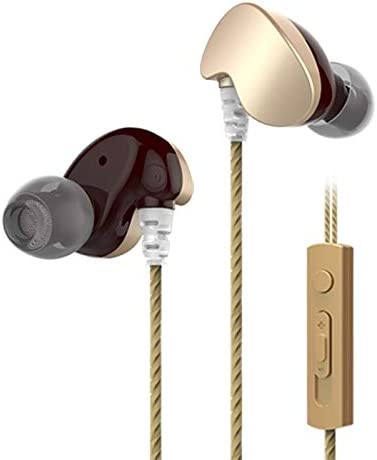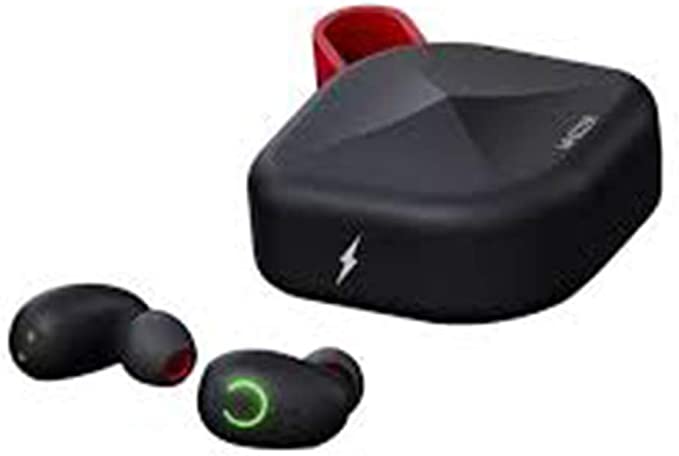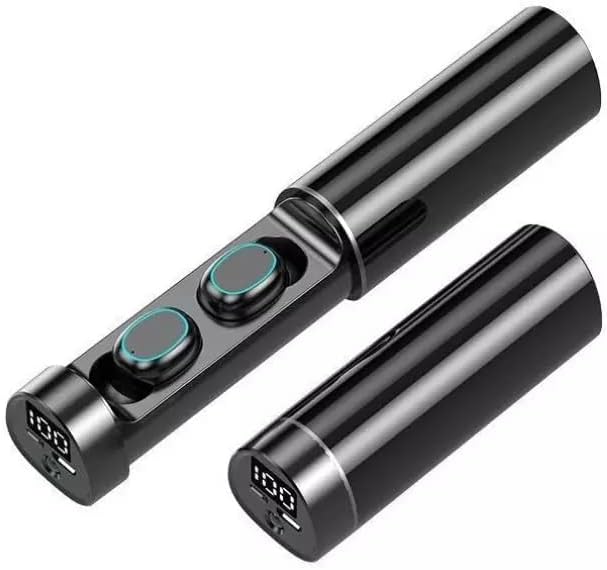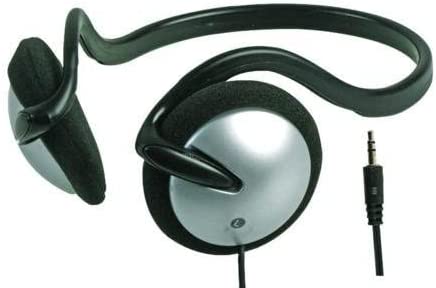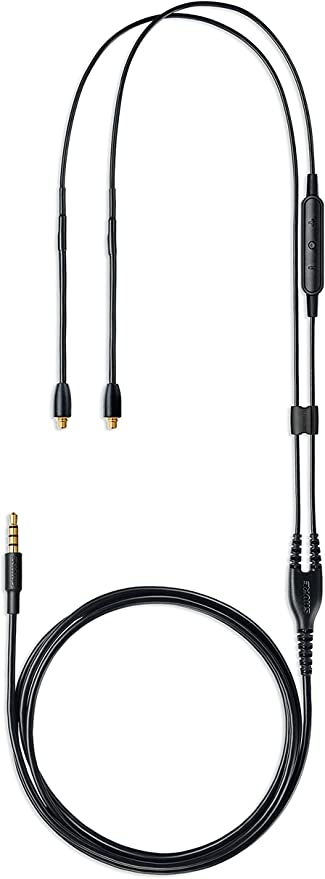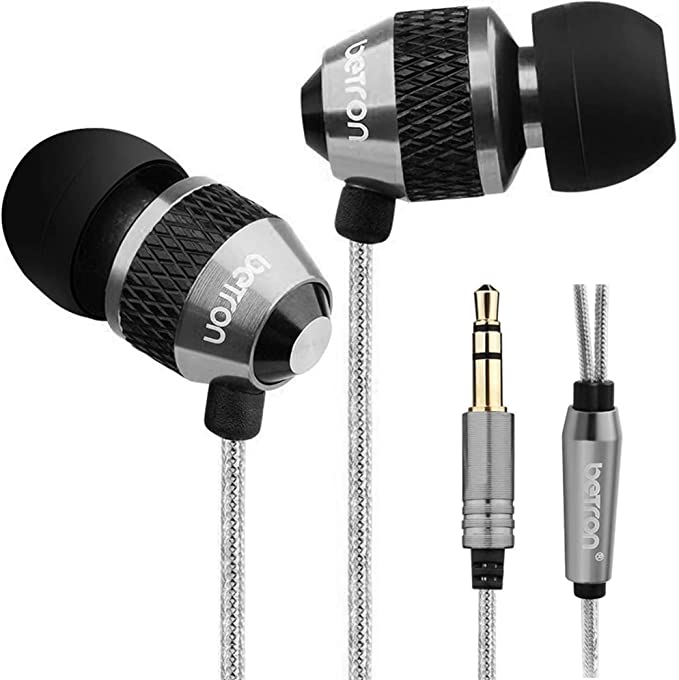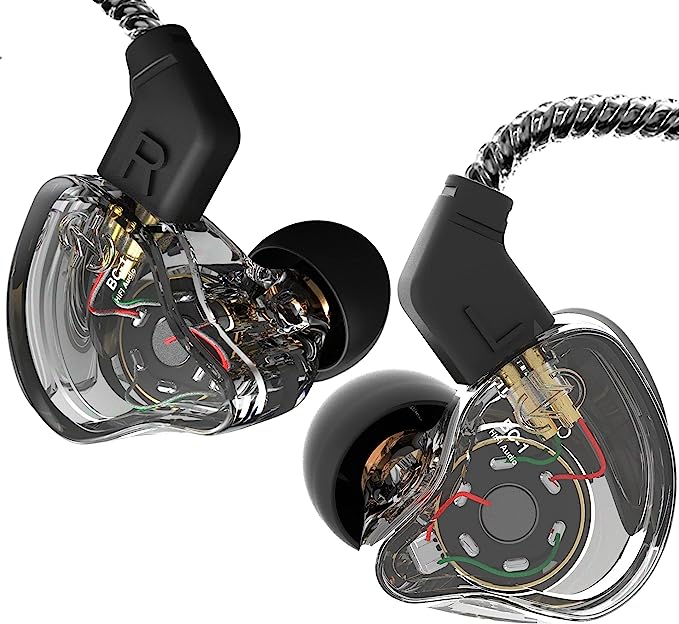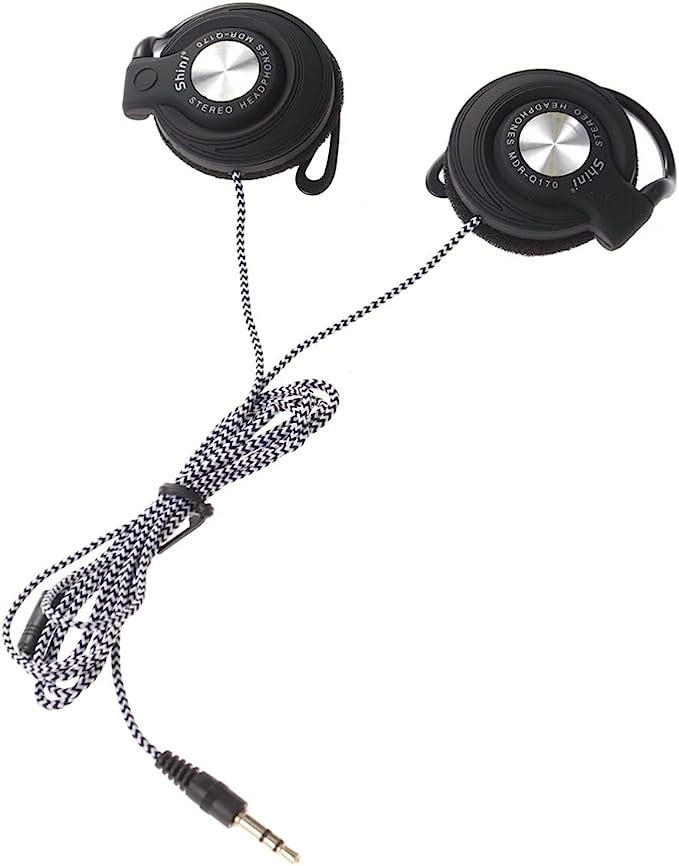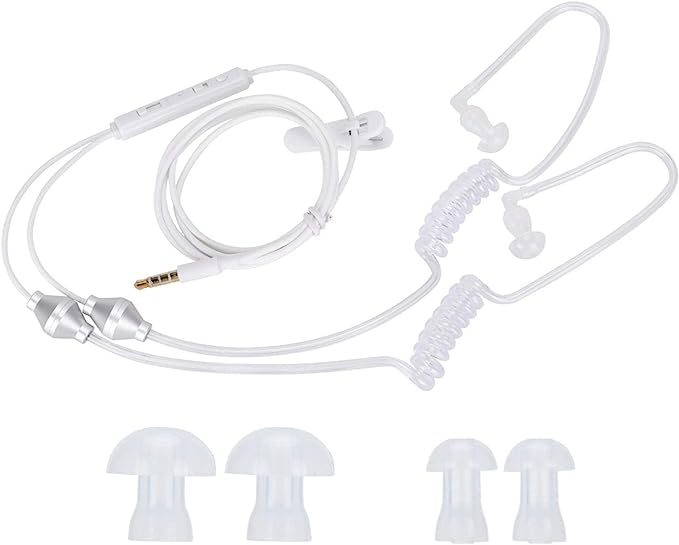Aiwa 1001 Prodigy-1: Audiophile Sound Without the Audiophile Price
Update on Feb. 22, 2025, 7:18 a.m.
A Sonic Journey: What Makes Great Sound?
Have you ever wondered why some earphones sound breathtakingly clear and detailed, while others sound muddy and lifeless? It’s not magic; it’s science! The quality of sound you experience from a pair of earphones, like the Aiwa 1001 Prodigy-1, is a result of sophisticated audio engineering and a deep understanding of acoustics. Let’s embark on a journey to explore the fascinating world of earphone technology.
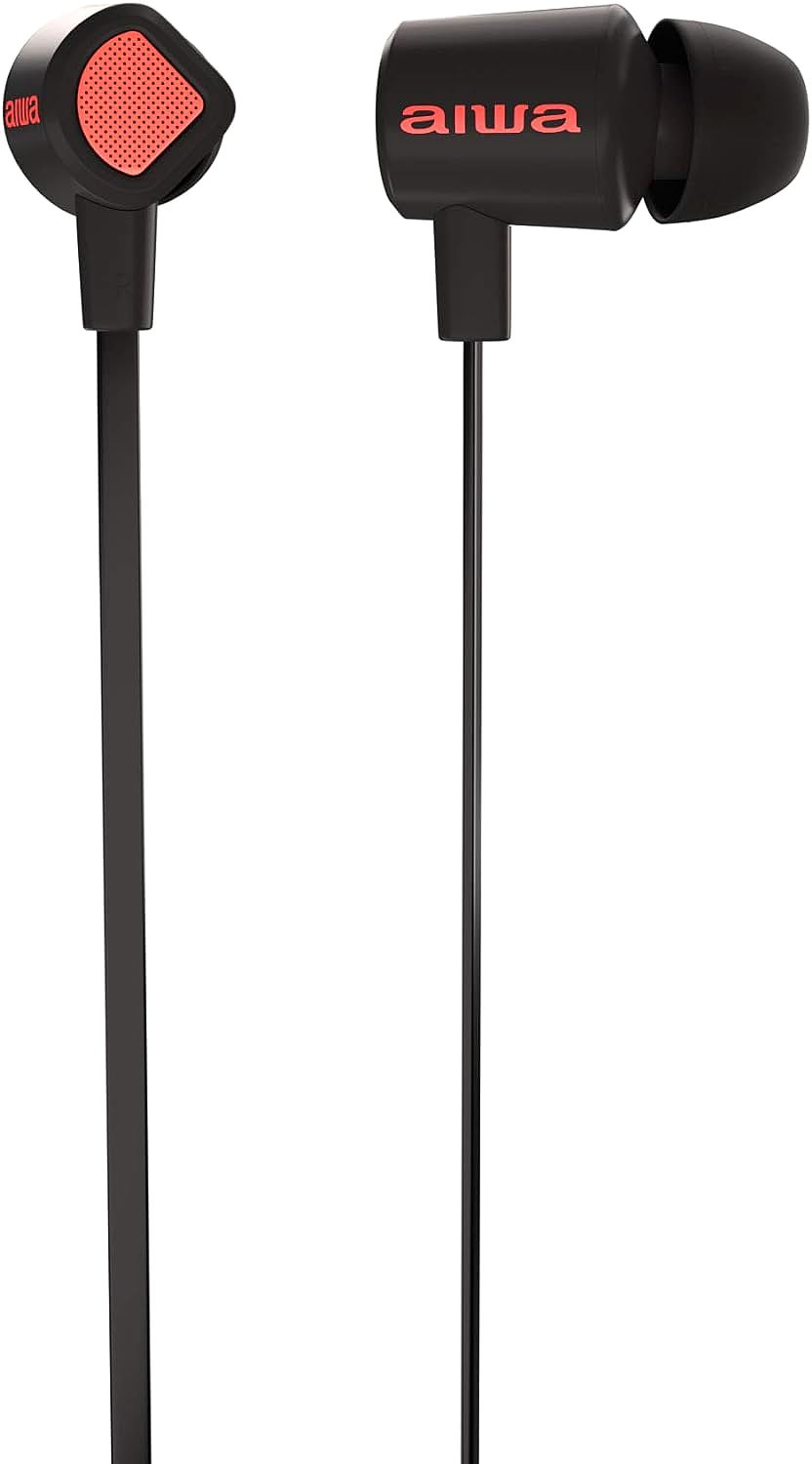
The Tiny Powerhouses: How Earphone Drivers Work
At the heart of every earphone lies a miniature speaker called a driver. This tiny component is responsible for converting electrical signals from your phone, computer, or music player into the sound waves that reach your ears. There are two primary types of drivers used in earphones, each with its own strengths and weaknesses: dynamic drivers and balanced armature drivers. The Aiwa Prodigy-1 is notable for using both.
Dynamic Drivers: The Bass Masters
Imagine a miniature drum. That’s essentially how a dynamic driver works. It consists of three main parts:
- Diaphragm: A thin, flexible membrane, often made of Mylar or bio-cellulose. This is like the drumhead.
- Voice Coil: A coil of wire attached to the diaphragm. This is like the drumstick.
- Magnet: A permanent magnet that creates a magnetic field.
When an electrical signal (your music) passes through the voice coil, it creates an electromagnet. This electromagnet interacts with the permanent magnet, causing the voice coil to move rapidly back and forth. Since the voice coil is attached to the diaphragm, this movement causes the diaphragm to vibrate, pushing air and creating sound waves. The larger the diaphragm, generally, the more air it can move, and the better it can reproduce low-frequency sounds (bass). Think of a large bass drum versus a small snare drum. This is why dynamic drivers are known for their strong bass response.

Balanced Armature Drivers: Precision and Detail
Balanced armature drivers are like the finely tuned strings of a guitar. They’re much smaller than dynamic drivers and operate on a different principle. Here’s a simplified breakdown:
- Armature: A tiny, rectangular piece of metal (the “armature”) is balanced between two magnets.
- Coil: A coil of wire is wrapped around the armature.
- Drive Rod: A small rod connects the armature to a diaphragm.
When an electrical signal flows through the coil, it creates a magnetic field that causes the armature to pivot or rock. This movement is transferred to the diaphragm via the drive rod, producing sound. Because the armature is so small and light, it can move very quickly and precisely. This allows balanced armature drivers to reproduce mid and high-frequency sounds (vocals, instruments, cymbals) with exceptional detail and clarity. However, they typically don’t move as much air as dynamic drivers, so their bass response is often less powerful.
The Hybrid Approach: The Best of Both Worlds
The Aiwa Prodigy-1 employs a hybrid design, incorporating both a dynamic driver and a balanced armature driver in each earbud. This is like having a drummer and a guitarist in your ear, each specializing in their own part of the musical spectrum. The dynamic driver handles the low frequencies (bass), providing a solid foundation, while the balanced armature driver handles the mid and high frequencies, delivering clarity and detail. A carefully designed crossover network acts like a traffic controller, directing the appropriate frequencies to each driver. This ensures that each driver plays to its strengths, resulting in a more balanced, accurate, and detailed overall sound.

Aiwa Prodigy-1: A Closer Look at Discontinued Brilliance
The Aiwa 1001 Prodigy-1, while unfortunately discontinued, represented a significant achievement in earphone engineering, particularly at its price point. It demonstrated that audiophile-quality sound could be accessible without requiring a significant financial investment.
The Prodigy-1’s core strength lay in its hybrid driver configuration. This wasn’t just about slapping two drivers together; it was about carefully selecting and tuning them to work in harmony. The crossover network, mentioned earlier, is crucial here. It’s an electronic circuit that divides the incoming audio signal into different frequency ranges, sending the lows to the dynamic driver and the mids and highs to the balanced armature driver. This prevents the drivers from interfering with each other and ensures a smooth, coherent sound.
The physical design also played a role. The lightweight, ergonomic shape was designed for a comfortable and secure fit. A good fit is essential for optimal sound quality, especially with in-ear monitors. It creates a seal that blocks out external noise and ensures that the sound waves are directed properly into your ear canal. The inclusion of multiple sizes of both silicone and foam ear tips allowed users to customize the fit to their individual ear shape.

Furthermore, seemingly small details like the tangle-resistant flat cable were a welcome addition. While not directly impacting sound quality, they contribute to the overall user experience. A tangled cable is a frustration everyone can relate to, and the Prodigy-1’s cable design helped minimize this issue. The built-in noise-rejecting microphone was another practical feature, making it possible to take calls without sacrificing clarity. It’s worth noting that the microphone’s performance, like all microphones, is dependent on environmental factors.
Beyond the Drivers: Other Factors Affecting Sound Quality
While the drivers are the heart of an earphone, they’re not the only factor determining sound quality. Several other elements contribute to the overall listening experience.
Frequency Response and Sound Signature
Frequency response refers to the range of frequencies an earphone can reproduce and how accurately it reproduces them. A “flat” frequency response means that the earphone reproduces all frequencies at roughly the same level, without emphasizing or de-emphasizing any particular range. However, many earphones have a specific “sound signature” – a particular emphasis on certain frequencies. Some might have a “bass-heavy” sound signature, while others might be “bright” (emphasizing treble). The Prodigy-1 was generally considered to have a relatively balanced sound signature, making it suitable for a wide range of music genres.
Distortion: The Enemy of Clarity
Distortion refers to any unwanted changes to the audio signal as it passes through the earphone. There are many types of distortion, but one of the most common is harmonic distortion. This occurs when the earphone adds extra harmonics (multiples of the original frequency) to the sound. High levels of distortion can make the sound muddy, harsh, or unpleasant. The dual-driver design of the Prodigy-1, along with careful engineering, helped to minimize distortion, resulting in a cleaner, more accurate sound. Total Harmonic Distortion (THD) is a common measurement, though real-world listening tests are always crucial.
Impedance and Sensitivity: Matching Your Source
Impedance and sensitivity are two electrical characteristics that affect how well an earphone will work with a particular audio source (like your phone or music player).
- Impedance: Measured in ohms (Ω), impedance is a measure of how much the earphone resists the flow of electrical current. Higher impedance earphones generally require more power to drive to a given volume.
- Sensitivity: Measured in decibels per milliwatt (dB/mW) or decibels per volt (dB/V), sensitivity indicates how loud the earphone will play with a given amount of power. Higher sensitivity earphones are easier to drive to loud volumes.
The Prodigy-1, while specifications are difficult to obtain due to its discontinuation, was designed to be relatively easy to drive, meaning it would work well with most portable devices without requiring a separate headphone amplifier. However, extremely low impedance can also present issues for some audio sources. This is a complex interplay best explored with further research, ideally finding original specifications.
The Aiwa Story (A Brief History)
Aiwa was a well-respected Japanese consumer electronics company founded in 1951. Known for its audio products, including cassette players, mini-disc players, and headphones, Aiwa enjoyed a strong reputation for quality and innovation, particularly in the 1970s, 80s, and 90s. The company faced challenges in the 2000s and was eventually acquired by Sony. The Prodigy-1 represented a brief revival of the brand, showcasing a commitment to delivering high-quality audio at an affordable price, echoing the company’s earlier successes.

Conclusion: The Pursuit of Perfect Sound
The Aiwa 1001 Prodigy-1, although no longer in production, serves as an excellent example of how clever engineering and a focus on core principles can deliver an exceptional listening experience. It highlights the importance of the driver design, the crossover network, and even seemingly minor details like the cable and ear tips. While the pursuit of perfect sound is an ongoing journey, the Prodigy-1 demonstrated that you don’t need to break the bank to get significantly closer to that ideal. It reminds us that the science of sound is a fascinating field, constantly evolving to bring us closer to the music we love. The principles explored in the design of the Prodigy-1 continue to be relevant in modern earphone and headphone technology.
